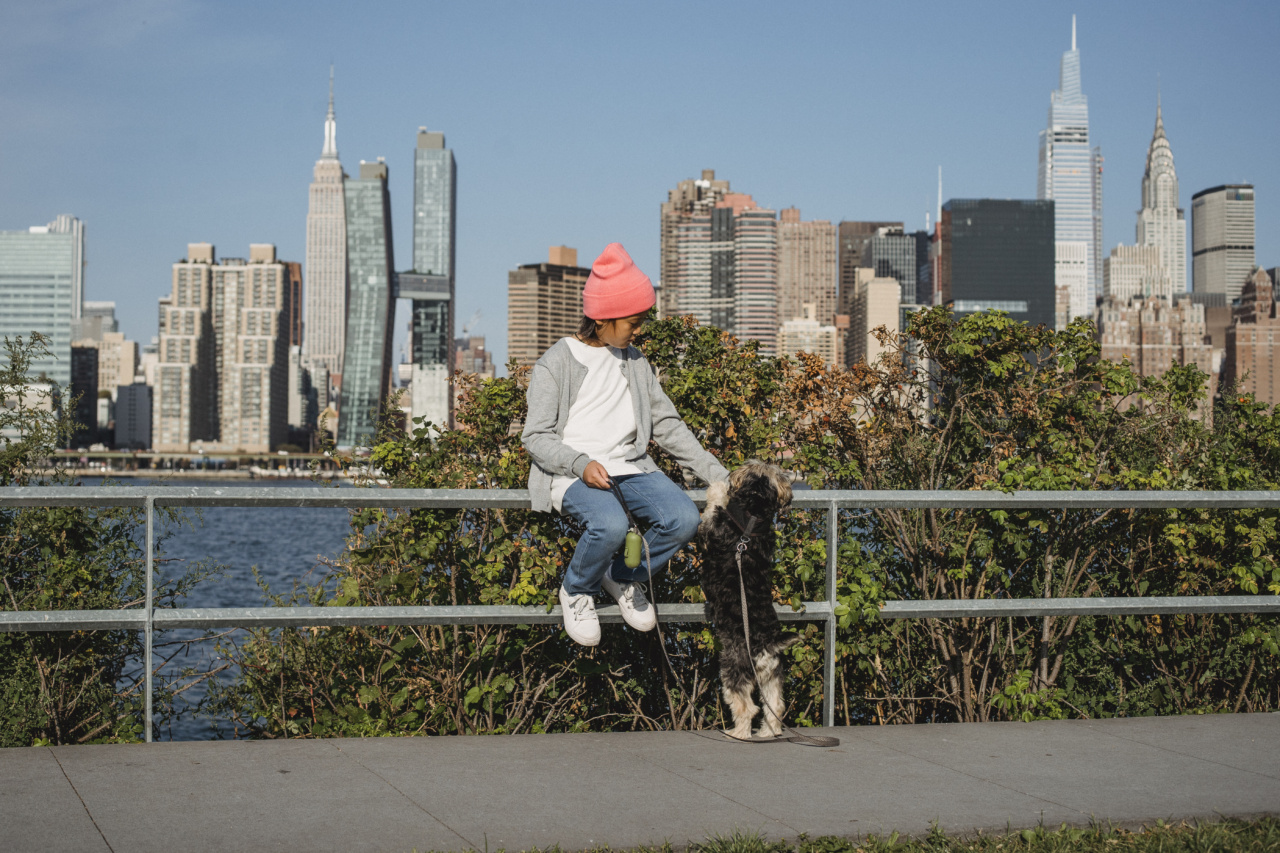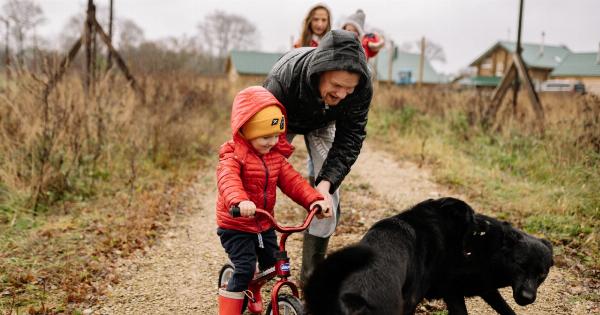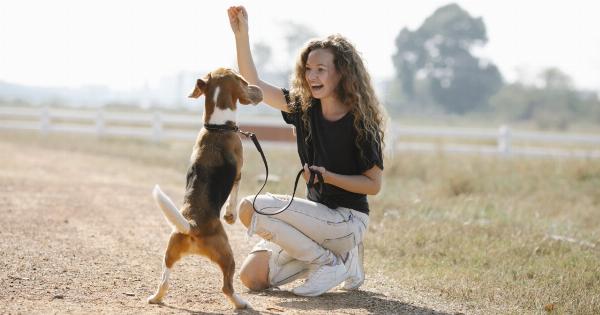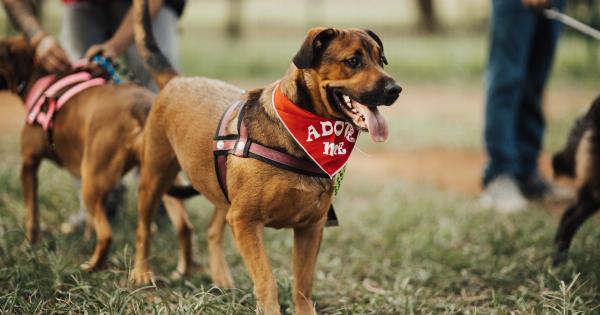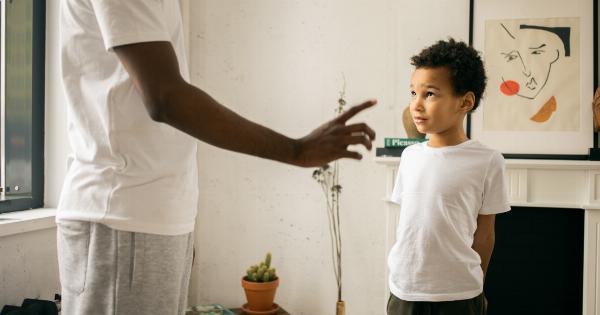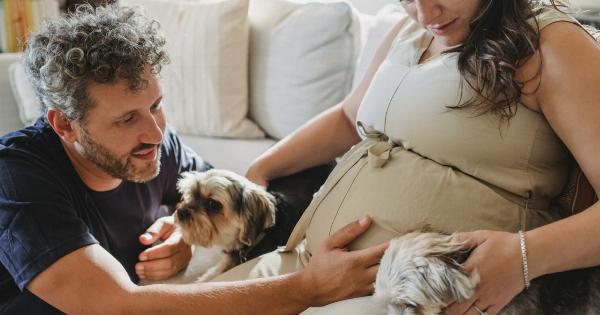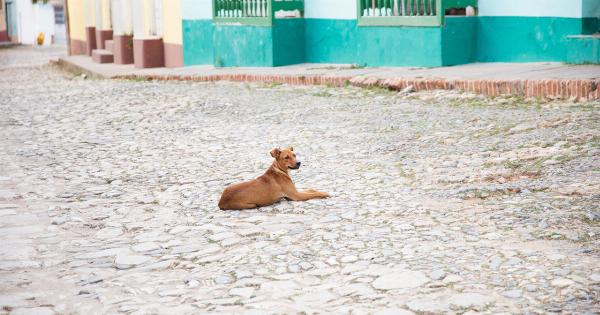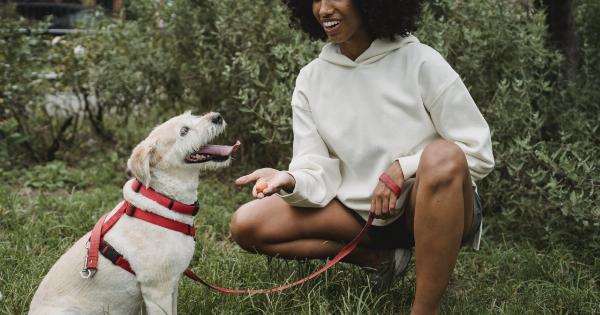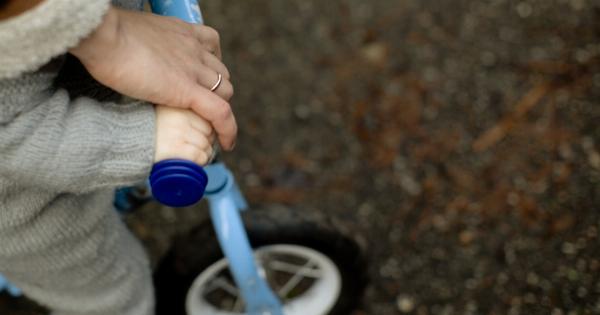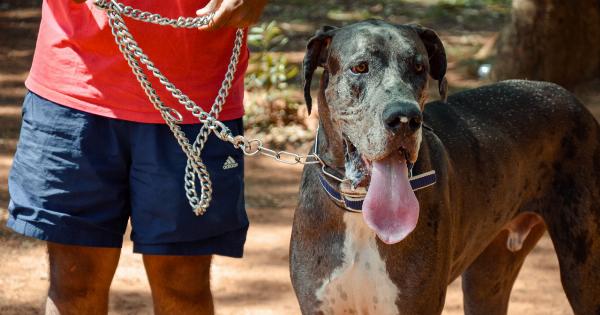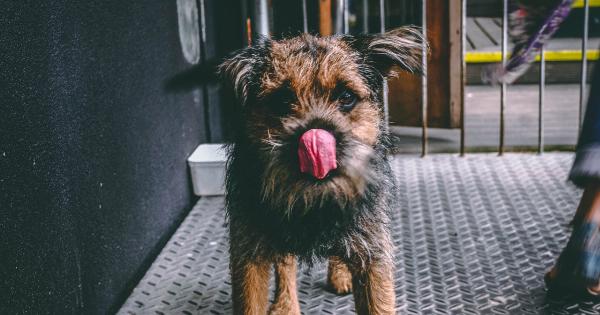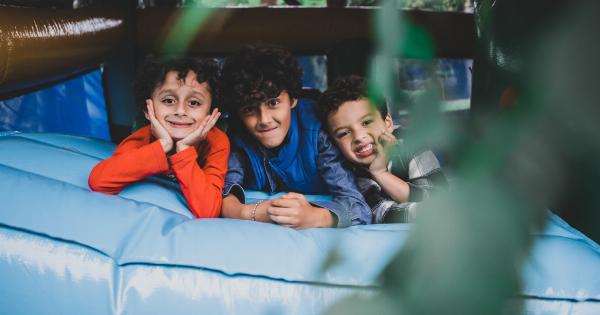Dogs are known to be man’s best friend, but there is also something special about the bond between a child and a dog. A dog can be a wonderful companion for a child, providing them with hours of entertainment, unconditional love, and emotional support.
However, building a strong friendship between a child and a dog takes time, effort, and patience. Here are some tips to help you nurture a positive relationship between your child and your furry friend:.
1. Choose the Right Dog
When looking for a dog to bring into your family, it is essential to consider the needs of your child. Some dogs are better suited for families with children, while others may not be as patient or gentle.
For example, a small or toy breed might be best for younger children who are still learning how to interact with dogs. A larger breed may be better for older children who are more responsible and able to handle the dog’s size and energy levels.
2. Teach Your Child Proper Behavior
Before introducing your child to your new furry friend, it is essential to teach your child proper behavior around dogs. This includes teaching them how to approach your dog safely, how to pet them gently, and how to read your dog’s body language.
It is also important to teach your child that a dog is a living creature and should be treated with respect and kindness at all times.
3. Involve Your Child in Caring for Your Dog
A dog requires a lot of care and attention, and involving your child in the process can help strengthen their bond.
Simple tasks like feeding, walking, and playing with your dog can help your child develop a sense of responsibility and empathy for your furry friend.
4. Set Boundaries
It is essential to set boundaries between your child and your dog to ensure everyone’s safety.
This may include teaching your child not to disturb your dog when they are sleeping or eating, or not allowing them to play with certain toys that your dog considers valuable.
5. Always Supervise Interaction
Regardless of how well your child and your dog get along, it is crucial to supervise their interactions at all times. Children can sometimes be unpredictable, and dogs can be sensitive to sudden movements, loud noises, or unfamiliar smells.
Always watch them carefully and intervene if necessary.
6. Encourage Positive Reinforcement
Positive reinforcement is a powerful tool for building a strong friendship between your child and your dog. Encourage your child to give your dog treats, praise, and affection when they behave well or perform a trick.
This will help them learn to respect and trust each other.
7. Make Time for One-on-One Interactions
One-on-one time between your child and your dog can be a great way to strengthen their bond. Encourage your child to spend time playing, cuddling, or even reading with your furry friend. This will help them build a sense of companionship and trust.
8. Take Your Dog and Child on Adventures
Taking your dog and child on adventures together can be a fun way to create lasting memories and strengthen their bond.
Whether it’s a hike in the park or a camping trip in the woods, exploring new places together can be an exciting and rewarding experience.
9. Be Patient
Building a strong friendship between your child and your dog takes time. It’s important to be patient and allow them to develop trust and respect for each other at their own pace.
Don’t force them to interact if one or both of them is uncomfortable.
10. Seek Professional Help if Necessary
If you are struggling to build a positive relationship between your child and your dog, don’t hesitate to seek professional help.
A dog trainer or behaviorist can provide guidance and support to help you create a safe and happy environment for everyone.
